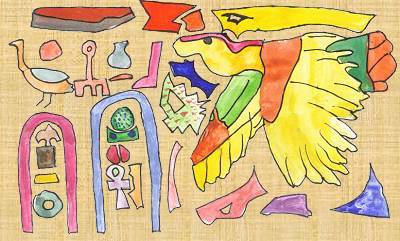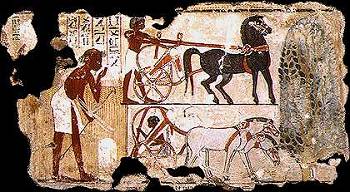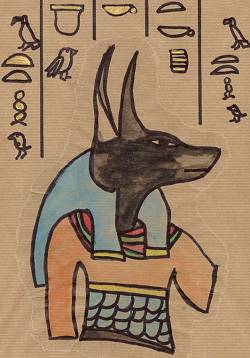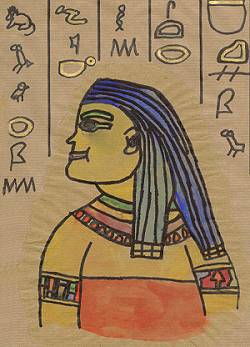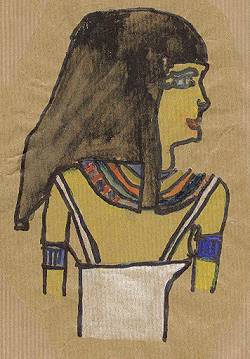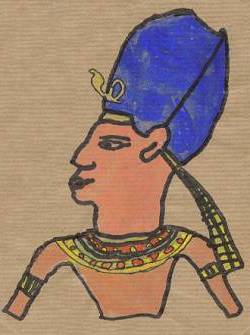|
||||
|
||||
Egyptian art has been very well preserved by the desert sands. Ever since the first Egyptian tombs were uncovered, archaeologists have been studying the paintings inside them. Drawing was an extension of writing for the Egyptians. Ancient Egyptain art has lots of detail and the colours of the paintings are still bright after thousands of years.
Most of their art was sealed in the tombs, but we do know that they also painted their own houses, including floors and ceilings, in bright colours. The Egyptians did not sign their paintings, and were thought of as "Craftsmen" rather than "Artists". |
||||
Before painting, a squared grid was prepared in red paint, to be certain that the proportions of the human figure would be correct. |
|
|||
Hiroglyphic Writing We know about Ancient Egyptian writing because heiroglyphs cover the walls of tombs, temples and pyramids. Priests used a less complicated writing for religious writings, called hieratic, and an even quicker, easier form of writing, called demotic, was used for ordinary letters, lists and accounts. |
|
|||

